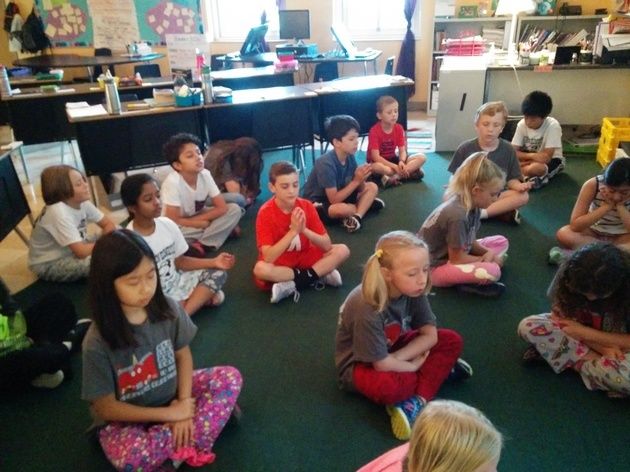
A Test
“Once I say begin, you may only ask me questions about the directions of the test. Begin.” When you’re 8 years-old, this is not a phrase that should preface any real learning in our current world, but the daunting reality is that this phrase is the beginning of what every classroom, every teacher and every school prepares for the entire year- and it’s also the end.
My 8 year-old self knew I wanted to be a teacher- the fancy desk, the sharpened pencils, the smiles that would greet me each day- it all seemed so happy, so nice. My reasons for pursuing a career in education after high school had shifted a bit, but those smiling faces- that opportunity to shape and nurture growing minds and hearts was front and center.
At the University of Texas, where I studied to become a teacher, I took classes in classroom management, children’s literature, child psychology and the like. But not one class was centered around being a test administrator; not one class was centered around how to help kids cope with testing anxiety. When I graduated and was fortunate enough to land a job in one of the best elementary schools in Austin, I was in for an awakening. I was in for a test- a test of the strength of the fiber that led me into this profession, a test that would challenge me to draw from this fiber to overcome a test I’d have to prepare 8 year-olds for- that would become the forefront of my career.
Fast-Forward to the Present
Teaching to the test is a common phrase in schools these days- and I abhor it. What are we preparing these children for by training them how to take a test? I refused (and still do to this day) to enable my students to pass a test by having them memorize formulas. I refused to make the test front and center. It took me a few years to reach the conclusion that it was not the only way to enable children, that it was not the only type of learning that the children of our future should be exposed to. I would see the anxiety, anguish and paralysis it would cause in these sweet 8 year-olds, and so I shifted.
I realized that it wasn’t enough to avoid teaching to the test- it wasn’t enough to provide learning experiences for children just related to topics they would be tested on. In order to overcome the effects of standardized learning, I needed to reach the whole child. I needed to reach inside of them and give them tools to overcome not just this test, but the world in front of them- and the answer was mindfulness. I had studied mindfulness quite a bit prior to beginning the journey of incorporating it into my classroom, and the one prominent feature of mindfulness- living in the present- I realized was something these little humans, at their tender age, could do naturally. By putting this pressure on them to perform, we were robbing them of this natural, beautiful ability to be present- so I realized, all I really needed to start with was just letting them be- present.
Tools for the Future
I introduced a mindful practice to my students gradually- first with just a few moments for them to notice their breath each day. From there, we moved into increased time to focus on self-awareness and intentions for the day. Gradually, we got into 20 minute meditations- sometimes guided by me- eventually just complete silence, after most of the students voted on it because “the voice telling me to let thoughts that pop up drift away, puts a thought in my head! I’d rather just sit in silence.”
We practiced this, at length, right up until the day of the test- where I became ‘test administrator’ instead of teacher. Following the Great Big Test, I interviewed students to see how mindfulness might have helped them during the test. Of the entire class, about 90% of students reported that they were calm, focused and had strategies to work through any anxiety that came up related to the test- i.e. not understanding a question, feeling stuck. Not only that, but I noticed students using their ‘self-awareness’ and ‘being present’ techniques throughout the day, unprompted, to center themselves and create a focused space around them.
All of this is really no surprise, considering so much research that has been done up to this point that supports how even a quick 2 minute daily mindfulness practice has dramatic effects. A 2015 study found that "fourth- and fifth-grade students who participated in a four-month meditation program showed improvements in executive functions like cognitive control, working memory, cognitive flexibility and better math grades. A study of elementary school children in Korea showed that eight weeks of meditation lowered aggression, social anxiety and stress levels."New York Times These are just a few of many studies that support the powerful effects of being mindful.
Once I experienced the positive effects in my own classroom, it has become my current focus not only with my students, but my school and in education around the country. I presented these findings to my faculty and plan to expand how I implement this in my classroom next year with a potential social-emotional learning stipend backing this work.
If you are an educator, parent or just in need of some mind-space, I encourage you to explore mindfulness further.
Or, you can just sit back and be present.
